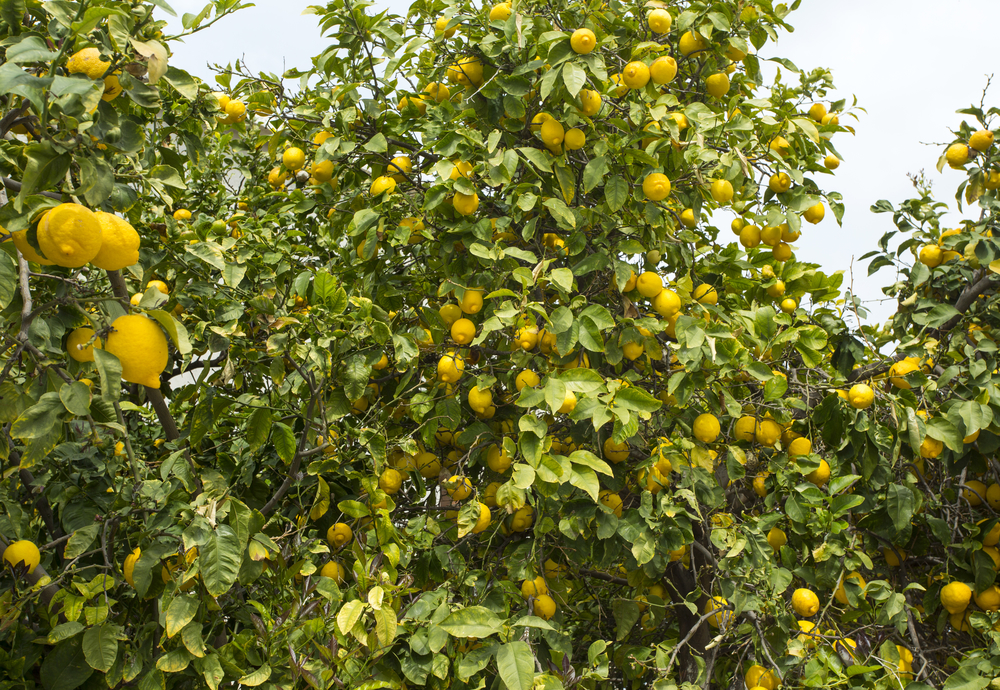The 2022 Citrus Acreage Report has been released by the California Department of Food and Agriculture (CDFA). Information presented in the report is comprised of survey data from California citrus growers. CDFA works with the U.S. Department of Agriculture’s National Agricultural Statistics Service in compiling the bi-annual report.
“For our purposes, we really look at the bearing acres. The acres that are in production and are going to be producing fruit for the upcoming year. That number stayed pretty static, roughly a little bit more than 250,000 acres statewide,” said Casey Creamer, President and CEO of California Citrus Mutual. “Some of the things that we’re noticing in trends, as growers take out a block and redevelop it, is the shifts in varieties. The one variety that we knew was continuing to come on pretty strong was the mandarin variety.”
Overall, bearing acreage for California citrus grew by 1.7 percent from 2020 to 255,528 acres. Bearing acreage of mandarins experienced a notable increase of six percent over the past two years. In 2020, mandarin bearing acreage was 59,422. The latest report shows that acreage is now 63,282. Total acreage for mandarins was reported at 67,148. “There’s also been a lot of good promotion from some of the major growers and brands in our space that have really highlighted the variety and increased its consumption,” Creamer noted.
Bearing acreage of Navel oranges continued the downward trend of the past four years. Acreage declined by two percent to a total of 110,509 bearing acres. CDFA notes that the bearing acreage of Navels has been decreasing by roughly 1,000 acres per year since 2018. At the same time, the bearing acreage of Valencia oranges has dropped to 110,509 acres. The Citrus Acreage Report also highlights gains in lemon acreage over the past two years. Bearing acreage of lemons has improved to 46,692, which was the biggest increase of all citrus types.
“The lemon acres, it’s not surprising what’s coming online, but the increase there is more in the Central Valley,” said Creamer. “Especially in the Ventura/coastal areas of southern California, as we have had more imports coming in, it has really hurt the marketplace for those growers. You’re probably going to see some acres decline even though in the Central Valley those numbers have climbed a little bit in an upward direction.”











